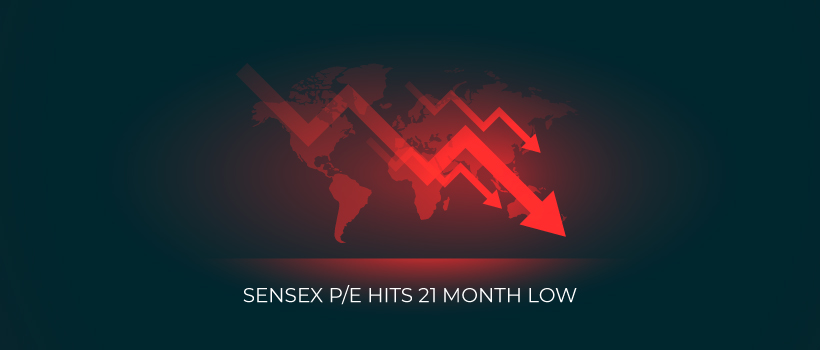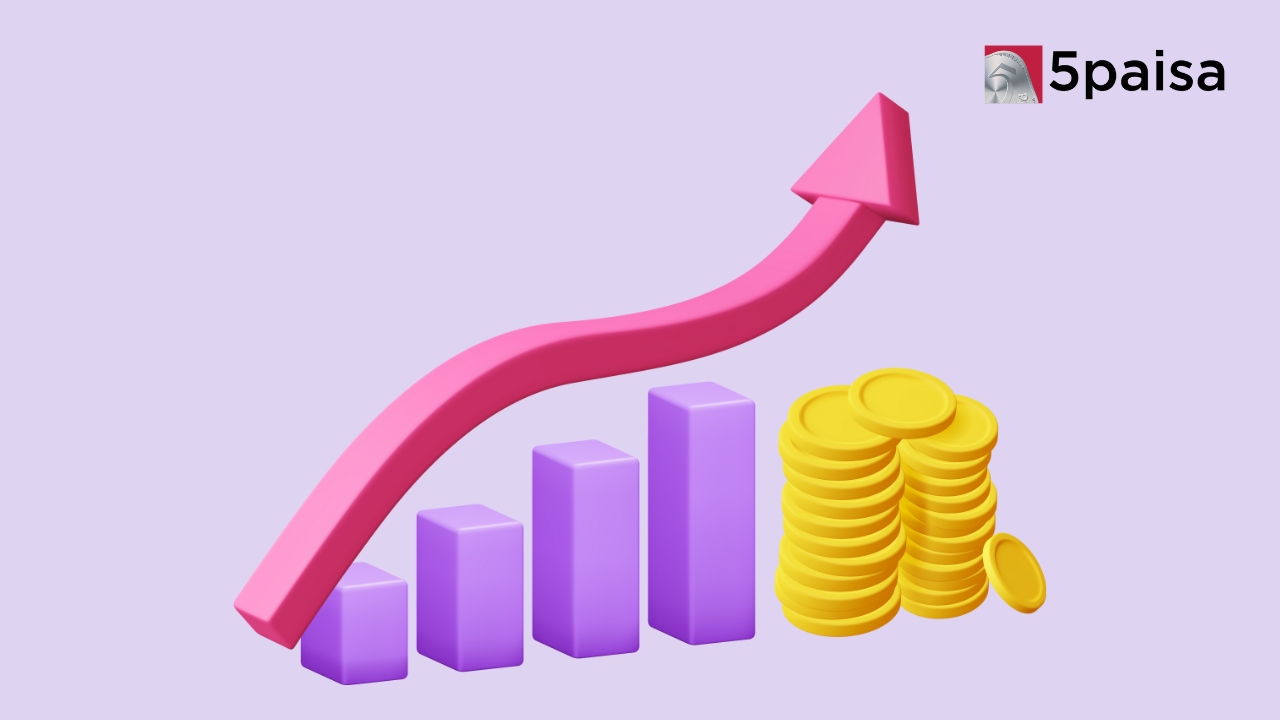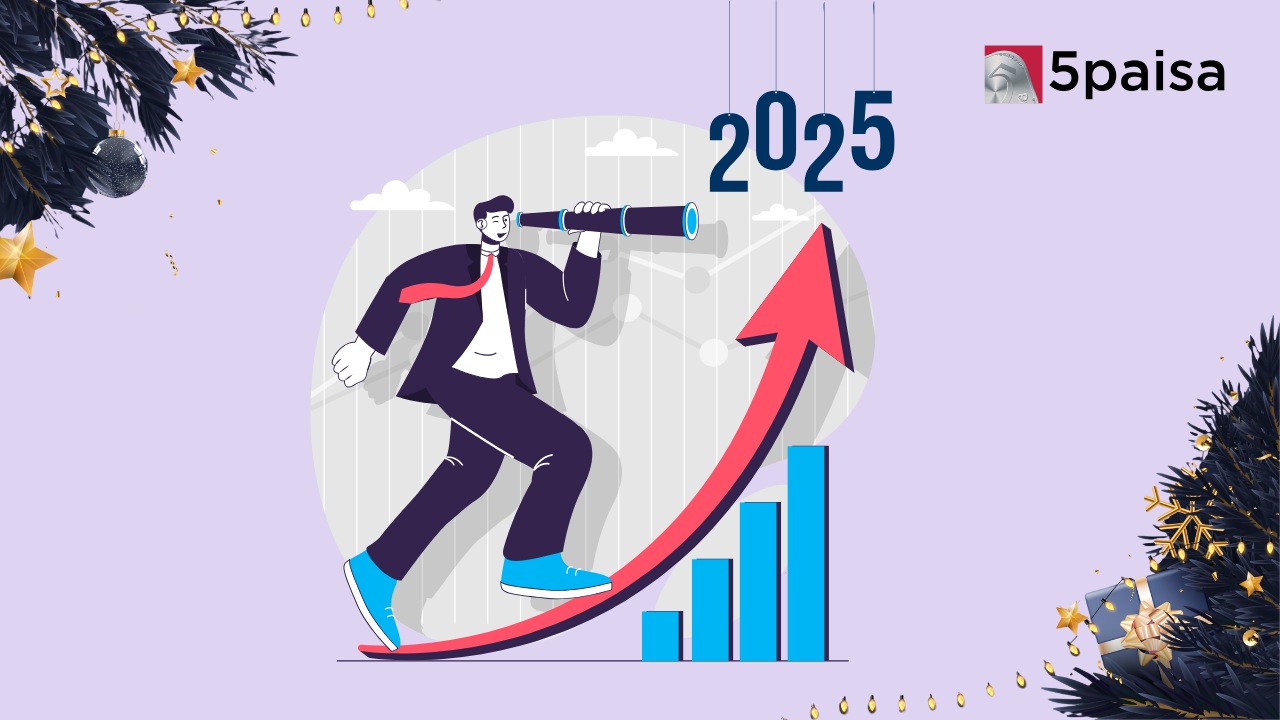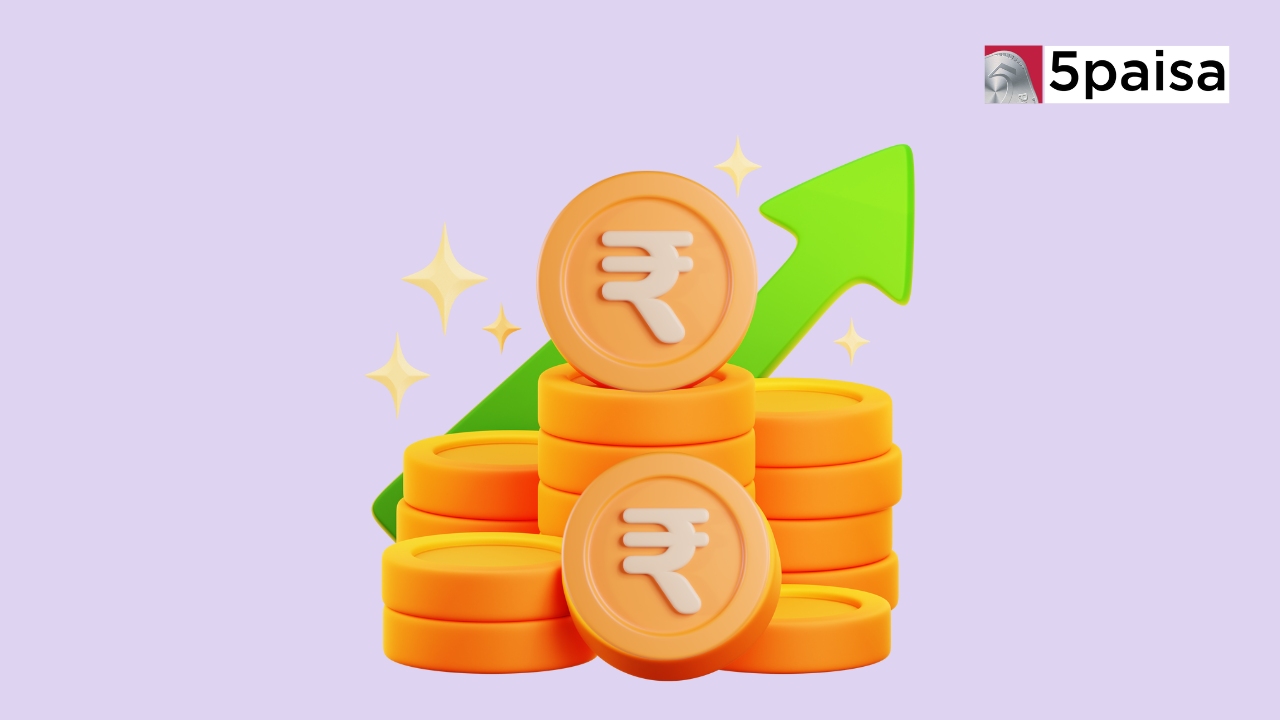Sensex P/E ratio hits 21-month low of 24.2X

Last Updated: 10th December 2022 - 01:06 am
In the last one year, the Sensex scaled an all-time high of 62,245.43. From that point the Sensex has corrected to a level of 54,333.81. That is a fall of 12.71% from the peak Sensex levels. In terms of value, the Sensex market has fallen from $3.65 trillion to $3.25 trillion. In short, that is nearly wealth to the tune of $400 billion wiped out from the market cap of the Bombay Stock Exchange.
However, Sensex levels and wealth ratios tell you only one side of the story. The bigger story is that this sharp fall has also made the stock markets a lot more attractive in valuation terms. As per the BSE website, the P/E ratio of the BSE currently stands at 24.07X. The last time the P/E ratio of the BSE was lower than this level was in June 2020, when the markets had just about started recovering from COVID lows. Check the table below.
|
Month |
Apr-20 |
May-20 |
Jun-20 |
Jul-20 |
Aug-20 |
Sep-20 |
|
P/E Ratio |
18.78 |
19.46 |
21.82 |
24.67 |
27.28 |
28.09 |
|
Month |
Oct-20 |
Nov-20 |
Dec-20 |
Jan-21 |
Feb-21 |
Mar-21 |
|
P/E Ratio |
29.10 |
30.45 |
32.77 |
33.68 |
35.13 |
34.94 |
|
Month |
Apr-21 |
May-21 |
Jun-21 |
Jul-21 |
Aug-21 |
Sep-21 |
|
P/E Ratio |
33.50 |
31.35 |
32.15 |
31.59 |
30.00 |
30.62 |
|
Month |
Oct-21 |
Nov-21 |
Dec-21 |
Jan-22 |
Feb-22 |
Mar-22 |
|
P/E Ratio |
31.08 |
28.56 |
27.17 |
28.17 |
25.75 |
24.07 |
Data Source: BSE
What is evident from the above table is that for the market as a whole, the impact on valuations has been a lot more favourable as compared to merely the fall in the Sensex levels. That would logically mean that many stocks would have become a lot more attractive in relative terms. Here are some very interesting inferences that follow if you look at the comparative data of the BSE over the last 2 years.
Key takeaways from the BSE data for 2 years
1) The P/E ratio of 24.07 in March 2022 is even lower than the P/E ratio reported in July 2020. The last time the P/E was lower than the current P/E ratio was in June 2020.
2) How does the Sensex level compare with the Sensex level way back in June 2020. In June 2020, the Sensex was at around 35,000 levels. That means while the current Sensex is at 54,833, in valuation terms it is actually equivalent to Sensex at around 35,000.
3) In terms of P/BV and in terms of dividend yield, the valuation story is not decisive or indicative.
What are the inferences. While the correction in the Sensex may be about 12.71% from the peak, the actual effective fall in the prices of stocks is much bigger. In other words, the opportunities in the market today are almost as attractive as the Sensex stocks were way back in June 2020.
- Flat ₹20 Brokerage
- Next-gen Trading
- Advance Charting
- Actionable Ideas
Trending on 5paisa
Indian Stock Market Related Articles
Disclaimer: Investment in securities market are subject to market risks, read all the related documents carefully before investing. For detailed disclaimer please Click here.
 5paisa Research Team
5paisa Research Team
 Sachin Gupta
Sachin Gupta




